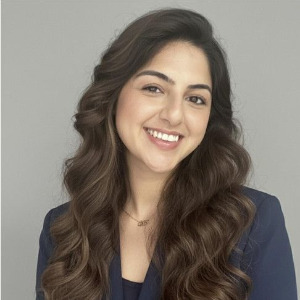Swine Flu
Vaccination plays a crucial role in preventing and controlling swine flu. Since the 2009 pandemic, the H1N1 strain has been included in seasonal influenza vaccines, providing ongoing protection against this specific virus. Annual influenza vaccination campaigns aim to reduce the impact of seasonal influenza, including H1N1, on public health. Surveillance is key to monitoring the circulation of H1N1 and detecting any potential changes in the virus. Surveillance systems track influenza-like illness, hospitalizations, and laboratory-confirmed cases to provide early warnings of emerging strains or unusual patterns. This data informs public health decisions, including vaccine composition for the upcoming influenza season. Ongoing research on swine flu involves studying the genetic evolution of the virus, understanding the factors influencing its transmission dynamics, and exploring novel antiviral treatments. Additionally, research efforts focus on improving the accuracy and speed of influenza diagnostics to enhance early detection and intervention.

Francis J Castellino
University of Notre Dame, United States
Ranjan Ramasamy
ID-FISH Technology, United States
Saurabh Chattopadhyay
University of Kentucky College of Medicine, United States
Rico Leonardo Lizbinski
Northern Light Health, United States
Sasha Leibholz
New York Presbyterian Columbia/Cornell, United States
Lauren Gruffi
New York Presbyterian Columbia/Cornell, United States



Title : Pathogen-derived noncanonical epitopes: Are they valuable targets for novel vaccinations and shall we be concerned about autoimmune responses?
Michele Mishto, Francis Crick Institute, United Kingdom
Title : Bioterrorism through the ages: Historical perspective, emerging threats, and medical countermeasures
Claudia Ferreira, Sorbonne University, France
Title : Changing population immunity to COVID-19 in the context of infection, vaccination, and emerging SARS-CoV-2 variants
Ranjan Ramasamy, ID-FISH Technology, United States
Title : Extensively drug-resistant bacterial infections: Confronting a global crisis with urgent solutions in prevention, surveillance, and treatment
Yazdan Mirzanejad, University of British Columbia, Canada
Title : Measles vaccination coverage indicators in 2023 and advance towards measles elimination and eradication by 2030
Pedro Plans Rubio, College of Physicians of Barcelona, Spain
Title : Severe influenza and other related respiratory infection cases during Omicron era in Japan
Masafumi Seki, Saitama Medical University International Medical Center, Japan